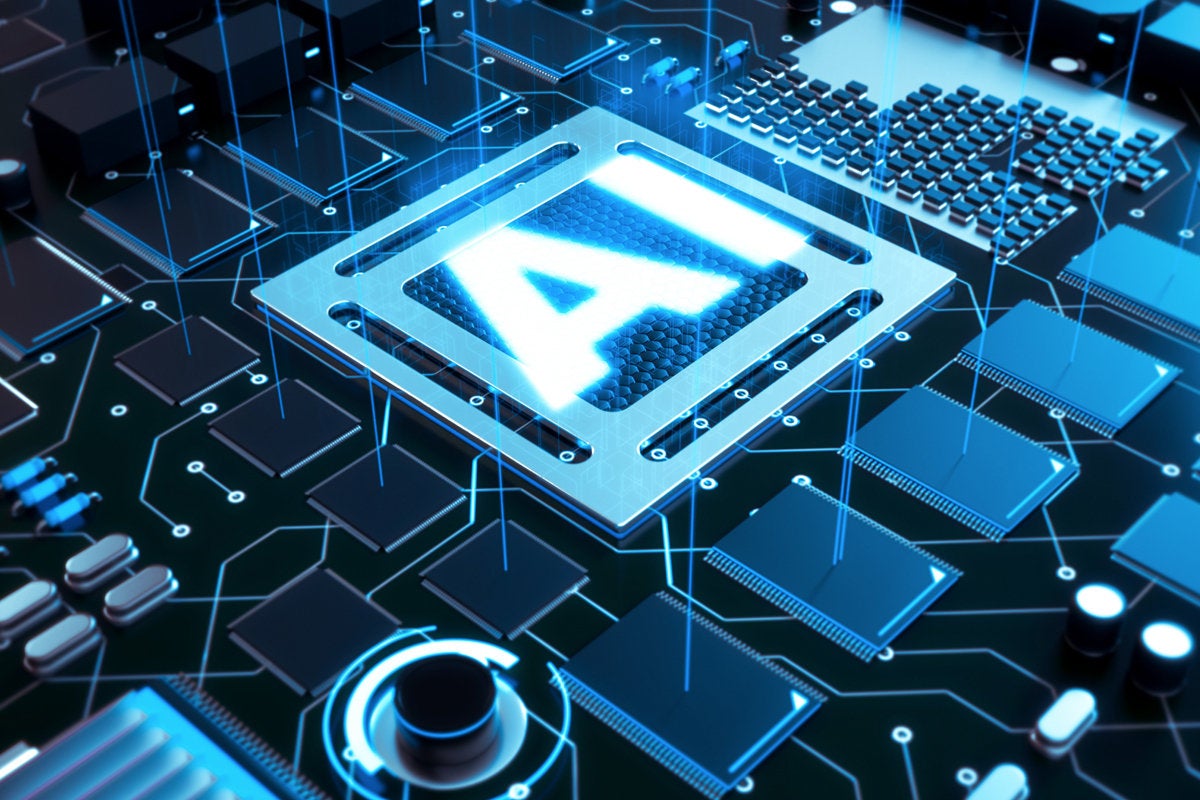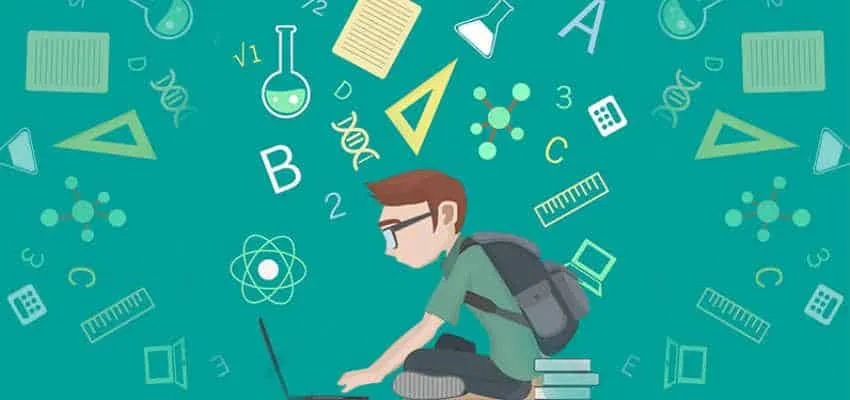Coding, Robotics and the Jobs of the Future

Since as early as the 1800’s, fears of robots taking over human jobs has been a reality. As we enter the true age of robotics, those concerns are resurfacing, and educators are unsure about what jobs their students will be competing for. For example, IT jobs will grow by 22% through 2020 and jobs in STEM are said to see similar growth. Educators are expected to equip their students with skills that will translate into careers and yet they have no idea what these skills should be. While timeless skills such as critical thinking, languages and mathematics aid in every career they do not provide the specialized skills that “jobs of the future” may require. So, what are the jobs of the future and how can be best prepare students for them?
- 0 Comments
- Jan 7, 2020 10:00:00 AM
- Posted by Natalia Galvis
- Topics: Robotics, EdTech, STEM, Artificial Intelligence, Technology, Edchat, AI, Digital Technology
Educators: Are You Really Technology Literate?
The Internet is firmly here to stay. Computers and the World Wide Web have come a long way since the net first launched in the late sixties. Computers and all their silicon associates have cemented themselves into the modern world. Cell phones, laptops, iPods, iPads, tablets – the list goes on and on. Screen-literacy has become a mandatory part of success in today’s world.

- 0 Comments
- Dec 19, 2019 10:15:00 AM
- Posted by Natalia Galvis
- Topics: Robotics, EdTech, Education, Robots,, Technology, Edchat, AI, Digital Technology
The Effects of Artificial Intelligence on Education
Artificial intelligence can be defined as the ability of computer systems to perform tasks and activities that usually can only be accomplished using human intelligence. In the world of education, this technology is revolutionalizing schools and classrooms, making educators jobs a lot easier.

- 1 Comments
- Dec 18, 2019 10:13:08 AM
- Posted by Natalia Galvis
- Topics: Robotics, EdTech, Education, Artificial Intelligence, Robots,, Edchat, AI
How Educational AI is Making the Grade
Adoption of artificial intelligence is on the rise: According to research firm Gartner, 37 percent of organizations have now “implemented AI in some form,” and adoption is up 270 percent over the past four years.
Schools are following suit: Technavio’s “Artificial Intelligence Market in the US Education Sector 2018-2022” report predicts a nearly 48 percent growth rate for AI tools over the next three years.
The key to AI success is specificity. It is crucial to define key needs AI tools can meet and shortcomings it can address. This is especially true for K–12 institutions faced with limited time and budgets.

- 0 Comments
- Dec 10, 2019 10:00:00 AM
- Posted by Natalia Galvis
- Topics: Robotics, EdTech, Education, Artificial Intelligence, Robots,, Edchat, AI
AI Curricula for K-12 Classrooms
Don’t assume it will be years before you need to worry about AI in the curriculum you teach. Artificial intelligence already has seeped into nearly every facet of our lives. It’s been permeating the fabric of our world, quite literally.
Wearable technology like smart yoga pants and running socks have taken fashion into the future with connected sensors that monitor body data and measure workout efficacy. We rely on smart surveillance, smart vehicles, and smartphones to get us through our days. Why wouldn’t we also use smart curricula?
It shouldn’t come as a surprise that artificial intelligence already plays a role in many classrooms. Schools have been redesigning how students learn by embedding the first phase of AI into the grades K-12 curriculum.

- 0 Comments
- Nov 15, 2019 10:00:00 AM
- Posted by Natalia Galvis
- Topics: EdTech, STEM, Education, Artificial Intelligence, STEMchat, Edchat, AI, Digital Technology
Using Artificial Intelligence to Boost Student Retention Rates
Tertiary institutions struggle with low retention rates. Only 40% of students complete a 4-year degree within 6 years at the same institution where they started their studies.
Student retention is a matter of great importance to institutions. For institutions that depend on tuition, low retention rates have serious financial consequences. That is apart from the huge negative implications for students should they opt not to continue their studies. Universities and colleges are under increasing pressure to retain students. Many states support tertiary institutions financially based on the number of students that graduates, not the number that enrolls.

- 0 Comments
- Nov 14, 2019 10:00:00 AM
- Posted by Natalia Galvis
- Topics: EdTech, STEM, Education, Artificial Intelligence, STEMchat, Edchat, AI, Digital Technology
Preparing Students for the Future with Artificial Intelligence
With so much discussion and coverage on the topic, it might seem that if AI isn’t already being used in your classroom that you’re falling behind when it comes to technology. However, it is first important to understand what AI is and establish some guiding questions such as: What role does AI play in our daily lives? And more importantly, what role does it or will it play in the future of education and the future of work?

- 0 Comments
- Sep 12, 2019 10:03:00 AM
- Posted by Natalia Galvis
- Topics: EdTech, STEM, Artificial Intelligence, teachers, Edchat, AI
12 Inspiring STEM Books for Girls
Science, technology, engineering, and math are more important than ever, so we’ve put together a list of books to encourage girls to persevere in these subjects.

- 0 Comments
- Aug 28, 2019 10:26:00 AM
- Posted by Natalia Galvis
- Topics: STEM, steam, STEMchat, WomeninSTEM, Edchat, girlsinSTEM, AI
Relevant Posts
Popular Posts
Subscribe to Email Updates
-
I Want To Learn MoreADDITIONAL INFORMATION


